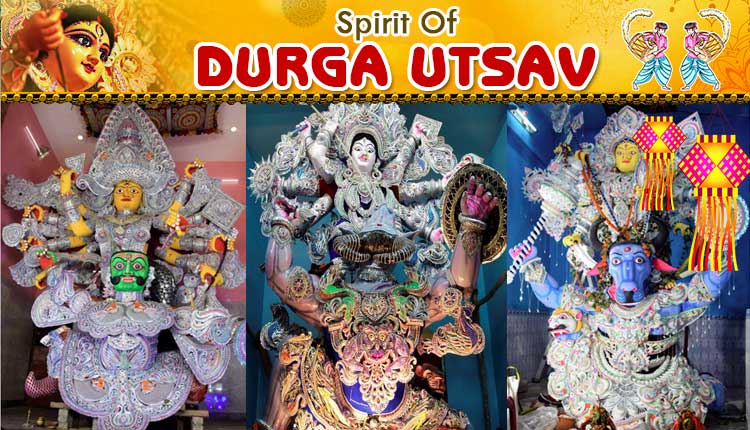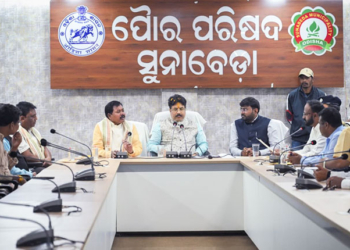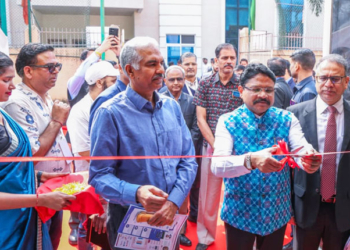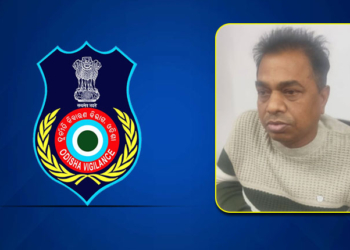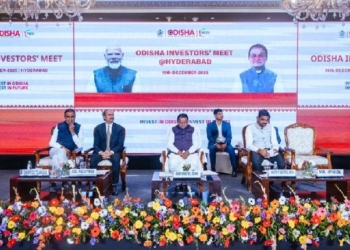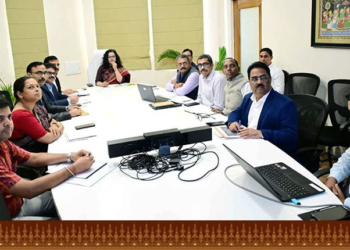Bhubaneswar: Puri, the sacred coastal city renowned for the grand Jagannath Temple, is not only a prominent seat of Vaishnavism but also a melting pot of various other religious practices. Among the rich tapestry of traditions and festivals observed here, the “Gosani Jatra,” Puri’s unique version of Durga Puja, stands out as a vibrant cultural spectacle. Held every year in the month of Ashvina (October), Gosani Jatra showcases the deep-rooted folk traditions and the strong cultural connection between the city’s people and their local deities.
Unlike Durga Puja celebrations in other parts of India, where Mahisamardini Durga is typically worshipped, the clay idols in Puri are revered as “Gosanis,” the fierce forms of Goddess Durga. These Gosanis are not just representations of Durga, but are believed to be the Saktis (energies) that assisted her in her battle against the demon Mahishasura. Each year, these Gosanis, created by skilled local artisans, are honored with great enthusiasm in different neighborhoods, known as Sahis, across Puri.
The Origins and Meaning Behind Gosani Jatra
The term “Gosani” has various interpretations in Puri’s cultural context. Some believe that the Gosanis represent the fearsome manifestations of Goddess Durga, while others see them as protective spirits of their locality. In historical texts, the Gosanis are also linked to Lord Shiva, further emphasizing the blend of Vaishnavite and Shaivite traditions in Puri. Local folklore and legends add layers of meaning to the festival, with the belief that these fierce deities were once pacified by King Chodaganga Deva using his tantric powers, as described in the Madala Panji, the temple chronicles.
The name “Gosani” may have also evolved from “Gosamani,” which in local terms refers to a respected, aristocratic woman or even the matriarchal figure in royal families. This cultural nuance reflects how deeply intertwined the festival is with the lives of the people, who regard these deities as saviors and protectors of their communities.
Artistic and Ritualistic Splendour
The visual grandeur of Gosani Jatra is marked by the large, bold, and uniquely styled clay idols of the Gosanis. These figures, which stand in stark contrast to the more delicate and refined images seen in Kolkata or Cuttack, are created in a robust and indigenous Odishan style. The idols are typically adorned with primary colors—yellow for the Goddess and blue or green for the demon Mahishasura. Their faces depict a fierce and intense gaze, with Durga and Mahishasura locked in a dramatic, straight-eyed confrontation, symbolizing the ongoing battle between good and evil.
The Gosanis, along with other clay figures like Sampati birds, monkeys, demons, and even mythological scenes like Ravana lifting Mount Kailash, bring a sense of storytelling and folklore to the festival. These figures are richly decorated with sola (a type of pith) and jari work, adding a dazzling touch to their already imposing presence.
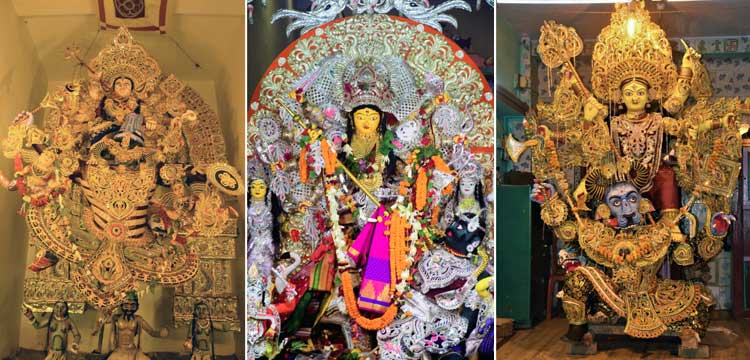
The Main Gosanis of Puri
Among the Gosanis, some have attained special significance over the centuries. Kakudikhai Gosani, regarded as the chief deity, is worshipped as the representative of Goddess Vimala, who herself is an important deity in the Jagannath temple complex. Barabati Gosani, perhaps the largest of the Gosani figures, stands an impressive 20 feet tall and commands attention with her eight arms holding traditional weapons.
Other Gosanis like Janhikhai, Sunya Gosani, and Bhogajaga Gosani have their own distinct traditions and stories associated with them. Each Gosani is worshipped with fervor in the Sahis, and their larger-than-life figures reflect the strong connection between Puri’s people and their divine protectors.
A Festival of Unity and Folk Traditions
The Gosani Jatra is a vivid reflection of Puri’s rich folk culture. The festival not only celebrates the power of the goddess but also brings the community together in a display of unity and devotion. In earlier times, all the Gosanis would gather at the Jagannath Ballabha Math on the 11th day of the bright fortnight of Ashvina, but in recent years, they gather near the Simhadwara (Lion’s Gate) of the Jagannath temple before proceeding to their immersion (visarjana) in nearby rivers.
Adding to the vibrancy of the Gosani Jatra are the massive clay figures of Nagas—heroes of local legend who symbolize valor and the city’s martial traditions. These figures, along with depictions of mythological heroes, ghosts, and even animals, are a testament to the festival’s deep roots in the folk traditions of Puri.
A Unique Cultural Gem
The Gosani Jatra of Puri, with its distinct style, vibrant colors, and bold artistic expression, stands as a unique cultural gem in India’s festival landscape. It is a celebration not just of divine power but also of the city’s rich cultural history, its blend of different religious traditions, and the resilience and devotion of its people. Each year, this festival continues to captivate both locals and visitors, offering a glimpse into the living traditions that make Puri a truly sacred and culturally enriched city.




